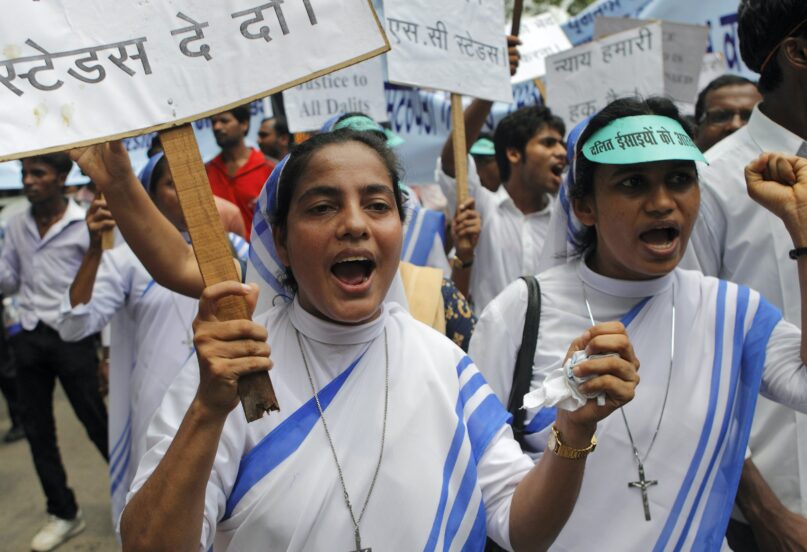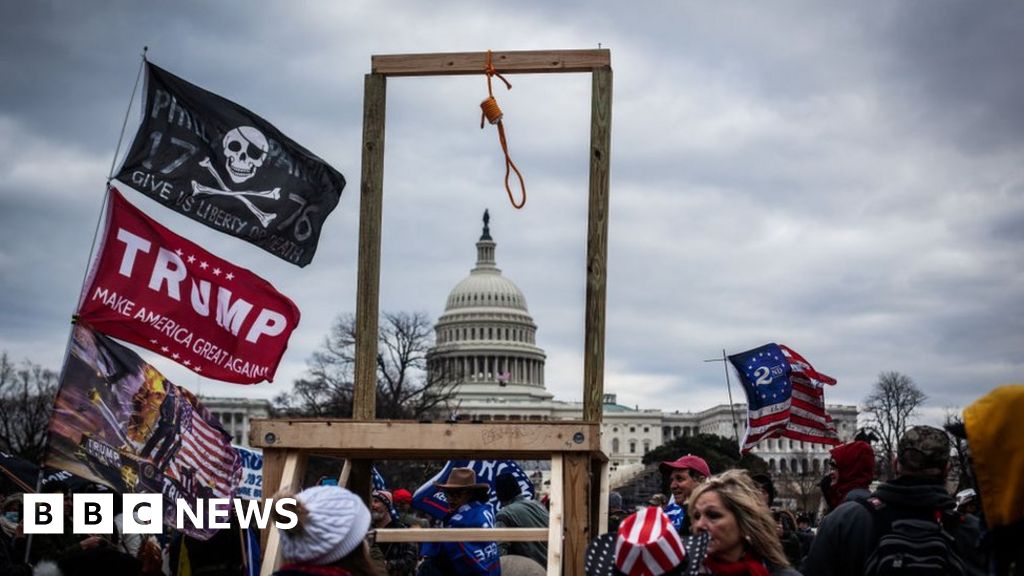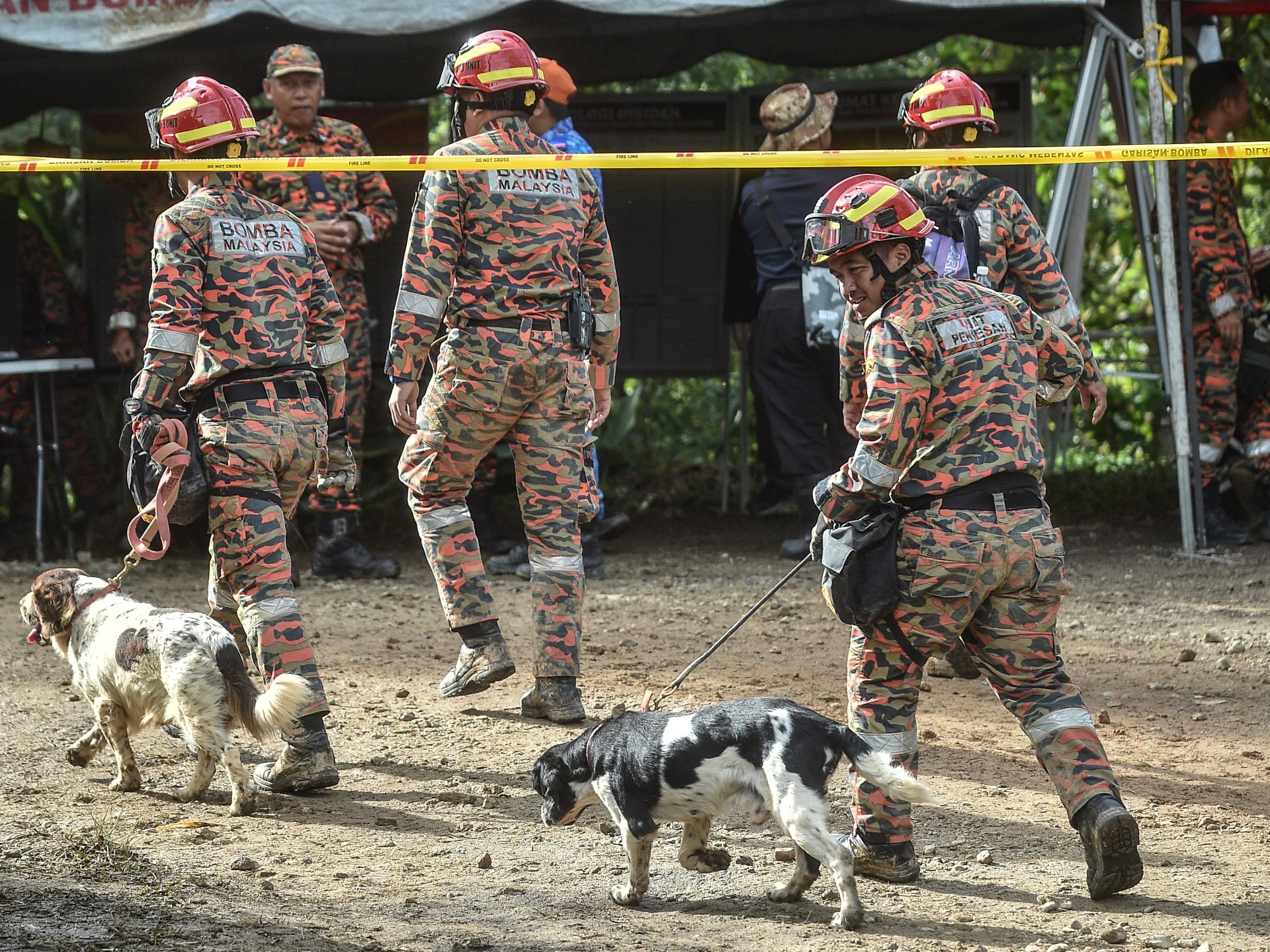Neither Indian or Hindu alone, caste is discovered throughout South Asia and the diaspora

(The Dialog) — The California State College system, America’s largest public increased training system, just lately added caste, a birth-based social hierarchy system, to its anti-discrimination policy, permitting college students, employees and college throughout its 23 campuses to report caste bias and discrimination.
CSU’s transfer has drawn a pointy response from some within the Indian diaspora: About 80 faculty members of Indian heritage, in addition to the Hindu American Foundation, an advocacy group based mostly in Washington, have opposed the choice, claiming that it’s doubtlessly stigmatizing for individuals of Hindu or Indian heritage. They’ve additionally threatened a lawsuit towards CSU if this determination isn’t revoked.
The caste system is usually conflated in Western media with Hindu faith and India alone. Nevertheless, as social scientists specializing in South Asian Research, we all know that the caste system is neither unique to Hindu faith neither is it endemic to India.
Caste in South Asia
Whereas the caste system originated in Hindu scriptures, it crystallized during British colonial rule and has stratified society in each South Asian spiritual group. Along with India, it’s current in Pakistan, Bangladesh, Nepal, Sri Lanka, the Maldives and Bhutan.
Social, financial and political standing on this pernicious system is tied to conventional occupations fastened by start. Brahmins, for instance, who’re assigned priestly work, are on the high, and Dalits, relegated to the underside, are compelled into occupations which can be thought of abject in South Asia, akin to cleansing streets and bathrooms, or working within the tanning trade. Caste-based guidelines of marriage keep these boundaries firmly.
Caste organizes social life not solely amongst Hindus but in addition in Muslim, Christian, Sikh and Buddhist communities within the area. It’s an intergenerational system based mostly on start right into a caste group. Caste identities keep even generations after somebody converts out of Hinduism and into any of those faiths.
Amongst South Asian Christians, Anglo-Indians are on the high of the hierarchy. This small group contains people of blended descent from Indian and British mother and father. Those that transformed to Christianity, even generations in the past, from center stage Hindu castes come subsequent, adopted by these from Indigenous backgrounds. Those who converted to Christianity from Dalit castes are positioned on the backside.
Muslims across the region are organized with the minority Ashraf communities on the high. The Ashraf group claims noble standing because the “authentic” Muslims in South Asia, attributable to their descent from Central Asian, Iranian and Arab ethnic teams. The center on this social hierarchy is comprised of Ajlaf, thought of to be “low-born” communities that transformed from Hindu artisanal castes. The group on the backside contains converts from Dalit communities who’re recognized with the demeaning time period Arzal, which suggests vile or vulgar.
Within the Sikh group, the highly effective land-owning caste, Jat-Sikhs, are on the high, adopted by converts from Hindu buying and selling communities within the center and converts from decrease caste Hindu communities, Mazhabi Sikhs, on the backside.
Dalit Sikhs collect for a protest in New Delhi.
AP Photo/ R S Iyer
Whereas Buddhism in India is near being casteless, its dominant variations in Sri Lanka and Nepal have caste-based hierarchies.
Caste carries over after conversion
Whereas lots of the so-called decrease caste teams transformed to flee their persecution in Hinduism, their new religions didn’t deal with them as absolutely equal.
South Asian Christians, Muslims, Sikhs and Buddhists with Dalit household histories proceed to face prejudice from their new co-religionists. They’re excluded from or experience segregation at shared locations of worship and sites of burial or cremation throughout all these areas.
Social scientists have proven that strict caste-based guidelines proceed to manage social group and on a regular basis interactions. Intercaste marriages are uncommon: In India alone, they’ve remained at about 5% of all marriages over the past several decades. After they happen, the {couples} danger violence.
Whereas urbanization and training have normalized on a regular basis interactions throughout caste teams in shared city areas, entertaining decrease caste people in higher caste households continues to be taboo in lots of households.
A 2014 survey discovered one in each 4 Indians to be training untouchability, a dehumanizing observe by which folks from Dalit castes are to not be touched or allowed to return involved with higher caste people. Untouchability was prohibited in India in 1950 when its egalitarian structure got here into power. Nevertheless, dwelling possession is segregated by caste, and faith and caste discrimination is pervasive in the rental market the place residential associations use flimsy procedural excuses for retaining decrease caste people out.
Decrease castes are anticipated to defer to the upper standing of higher castes, chorus from expressing themselves in shared areas and keep away from displaying materials affluence. They danger being punished by socioeconomic boycotts, which may embody ostracizing the Dalits or retaining them out of employment. It might even embody assault or murder. In Pakistan, anti-blasphemy laws are used as a pretext for caste violence against Dalits, lots of whom have converted to Christianity.
Caste and life outcomes
Research present that caste-based id is a significant determinant of total success in South Asia. Higher caste people have higher literacy and larger illustration in higher education. They’re wealthier and dominate private sector employment, in addition to entrepreneurship.
Whereas affirmative action programs initiated by the British and continued in impartial India have made enhancements within the educational levels of lower caste groups, employment alternatives for them have been restricted.
Research additionally reveal how caste id impacts nutrition and health via buying energy and access to health services.
Most socioeconomic elites in South Asia, no matter faith, are affiliated with higher caste teams, and the overwhelming majority of the poor come from decrease caste teams.
Caste within the diaspora
Students have documented related discriminatory practices within the diaspora within the U.K., Australia, Canada and the African continent.
Caste has began getting recognition as a discriminatory class, particularly within the U.S., lately. A 2016 survey, “Caste in the USA”, the primary formal documentation of caste discrimination inside the U.S. diaspora, discovered that caste discrimination was pervasive throughout workplaces, academic establishments, locations of worship and even in romantic partnerships.
In 2020, the state of California sued Cisco Methods, a expertise firm within the Silicon Valley, on a criticism towards caste-based discrimination. Harvard University, Colby College, UC Davis and Brandeis University have acknowledged caste as a protected standing and have included it of their nondiscrimination insurance policies.
These developments within the U.S. have put the highlight once more on this centuries-old system that denies equality to massive populations on the premise of an oppressive and inflexible hierarchical system. It’s as much as the American diaspora how they commit to have interaction with it, as they themselves attempt for equality and equity of their new multicultural society.
(Aseem Hasnain is an affiliate professor of sociology at Bridgewater State College. Abhilasha Srivastava is an assistant pofessor of economics at California State College, San Bernardino. The views expressed on this commentary don’t essentially mirror these of Faith Information Service.)



